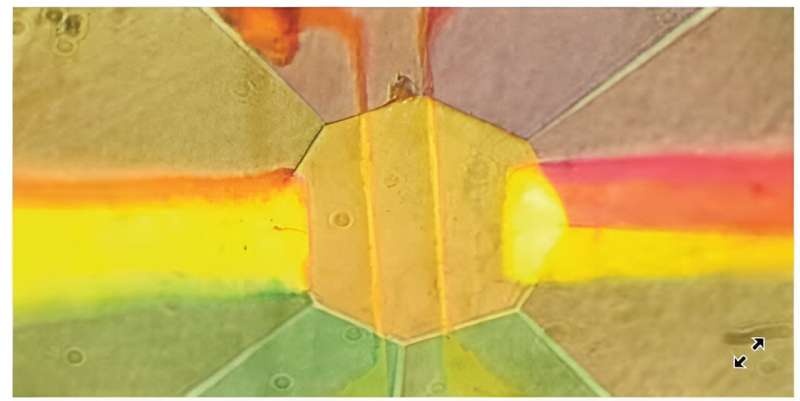Researchers have developed a groundbreaking technique to measure superconductivity in materials at extremely high pressures, providing unprecedented insights into the mechanisms of novel superconductors. This discovery could pave the way for the development of room-temperature superconductors, revolutionizing electricity transport and power transmission.

Sulfur Exposed: How It Works
It examines the superconducting characteristics of sulfur, an element that transforms in spectacular ways when pressurized. At more than 90 billion Pascals (GPa) of pressure—nearly a million times the atmospheric pressure at Earth’s surface—sulfur transforms from its usual non-metal form to a shiny electroconductive metal.
At cooler temperatures, that metallic sulfur behaves as a superconductor, its electrons forming so-called Cooper pairs. The team applied 160 GPa pressure and confirmed that the superconducting state survives at 17 K. This discovery offers insight into the properties of sulfur under experimental conditions, and potentially the broader search for exotic materials with even higher superconducting capabilities.
Solving the Challenges of High-Pressure Measurements
It is no mean task to measure superconductivity at these extraordinary high pressures. The most traditional training based on the use of pistons or Bridgman anvil pressure cells can only reach pressures around 3 GPa. To generate the necessary pressures exceeding 100 GPa, however, the team employed a diamond anvil cell that squeezes samples with two opposing diamond tips and conducts compression on sample volumes less than one millimeter across.
This pressure, though it seems serious, presents problems of its own. Particularly, in the case of a planar tunneling junction which is where these measurements are done, the essential properties and integrity of the tunneling barrier are compromised as a result to leakage currents, and potential energy barrier reduction. In order to address these limitations, a team of researchers have now presented two new approaches based on an in situ fabrication procedure whereby the planar tunnel junction is made directly on top of the diamond anvil tip. This novel methodology enabled them to expand their tunneling spectroscopy measurements into pressures beyond the 100 GPa limit, allowing unprecedented insight into superconducting properties of materials under extreme conditions.
Conclusion
It will take the world of materials science several steps forward by incorporating superconductivity measurement within the shear technique at the extreme high pressure regime. The discovery of an entirely new sequence of events in the transition to superconductivity in exotic materials such as sulfur has opened the door to finding new and even more powerful superconductors with even higher critical temperatures. This, in turn, might result in the development of room-temperature superconductors, a highly desirable target that could overhaul the way electricity is transmitted and change many other industries. This is exactly what makes this area of research so appealing: that it’s one step closer to putting the full transformative power of superconductivity to work for us.
